
By Kathy Torres
We live in a world in which good physical and mental health is emphasized and encouraged constantly, through what we watch, read, and hear. It seems a basic intention for us to try to be healthy and happy, even though the goal is at times difficult to reach. Eating the right foods, getting adequate sleep, and exercising are at the top of the list to help us get there, however, as humans, we have needs outside of the physical that directly affect our happiness, for example, the desire for accomplishment, friendship, love, excitement, challenge, affirmation, and quiet. It’s a complicated formula, different for each of us, however, there are some common threads. I’m guessing that if you’re reading this blog, you have an interest in gardening, but, did you know that gardening is beneficial to your health? Here are some positive effects, for both physical and mental well-being.
Good Exercise:
Gardening is great for 3 types of exercise – aerobic, strength building, and flexibility. Digging, squatting, reaching, pushing, and lifting burns calories providing a workout that is good for the heart. Decrease your anxiety after a bad day, by getting out in the yard and pulling a few weeds to release your frustration and anger. That will give your blood pressure a break! For older folks, gardening keeps you moving, so important for maintaining mobility. Also, working hard will often help to get a good night’s sleep.
All of the activities mentioned above also work the other muscles and joints, contributing to overall strength and flexibility. For some very scientific data on the effects of gardening on your physical health, check out this study published by the American Society for Horticultural Science (Click HERE). The study concludes gardening tasks performed by adults are moderate to high-intensity physical activities.
Vitamin D – Too much sun is not good for the skin, we know that, but we need sunlight to give our bodies enough Vitamin D. The body makes vitamin D when direct sunlight converts a chemical in skin into an active form of the vitamin (calciferol). A healthy dose of vitamin D increases the body’s ability to absorb calcium, which benefits bones and the immune system. Studies suggest that people who get enough vitamin D and calcium can slow bone mineral loss, help prevent osteoporosis and reduce bone fractures.
Growing Your Own Food – The most obvious health benefit of gardening is growing your own food. You will have access to the freshest fruits and vegetables, fertilizers and pesticides can be controlled or eliminated, and you’ll save the money you may have spent on expensive organic foods in the grocery store. Last, vegetables allowed to ripen in the garden have more nutrients than some you buy at the store that may have been picked early.
Connecting with Nature – If you feel good when you walk through a park, botanical garden, or your own landscape, taking in the fresh air, birds singing, and the colors of spring, fall, or any season, you are connecting to nature. The enjoyment of watching a hummingbird at a feeder, digging in the soil, planting seeds and watching them grow, or watering a garden, is connecting to nature. Finding this escape from the hectic pace of life can relieve anxiety, improve mood, and bring about a calming force by helping you to let go, take a deep breath, and just relax. Connecting with nature is therapy for the heart, mind, and soul.
Gardening Makes us Happy – Shopping for plants always makes me happy – I would much rather survey racks of annuals and perennials rather than clothes or shoes. Planting flowers or shrubs and trees to create a garden room or improve the curb appeal of your home offers an opportunity to use those creative instincts, and a little hard work can be very satisfying. The planning, purchasing, and planting of a new garden bed or simply adding to what you’ve got, gives pleasure and a sense of accomplishment and pride. And, honestly, getting a little dirt under the fingernails feels pretty good! Gardening is good therapy for depression. Being outside in the fresh air can be a good distraction while digging in the dirt and planting something beautiful provides a feeling of hope and encouragement.
Family Activity – Gardening is a wonderful family activity, providing kids and adults an opportunity to get outside (away from TVs, phones, computers, video games, etc.), to learn about plants and what is needed to care for them. A vegetable garden is a way to see exactly where food comes from and can hold interest, by checking each day on the progress and then, finally, harvesting and eating! By working together, a family vegetable garden becomes a place to gather, work, and discover.
Builds Self-Esteem and Encourages Friendship – Many people will say, “Oh, I just don’t have a green thumb.” A few failures can certainly diminish confidence, but often it’s just a matter of learning the ropes on proper planting, fertilizing, light requirements and watering. Once educated, success is much more likely and can provide confidence and self-esteem. Talking to others who have the “gardening bug” in common offers an avenue to friendship and sharing.
Dementia Benefits – National Institute of Health (NIH), the National Library of Medicine cites research conducted on the benefits of gardening for people with dementia. “The usefulness of activating the senses, particularly those of touch and smell; the significance of being occupied in meaningful, productive work; the importance of cultivating a sense of curiosity, wonder, and learning; the positive gains derived from socialization in a group context; the peace and hope derived from being ‘in the moment’; and the positive mental and physical well-being derived from participating in the outdoor garden. Our findings support the integration of therapeutic gardening as a valuable practice for people with dementia.” To access this article and additional resources, click HERE.
The Dirt on Dirt – Believe it or not, there is evidence that certain microbes found in soil can contribute to a decrease in stress and even asthma. Those of us who enjoy digging in the dirt are not surprised. See the links below if you’d like to read more. Covid certainly brought about an enhanced effort to keep our hands clean, but maybe we need to adjust a bit, unless we are ill.
Fat in soil bacteria may protect against stress (medicalnewstoday.com)
Hygiene Hypothesis: Could More Dirt and Germs Boost Your Health? | US News
Other than just a hobby to enjoy, gardening IS actually good for us. The benefits are many and can go a long way to improve physical and mental health. I love this quote from Calvin Coolidge, the 30th President of the United States. “All growth depends on the activity. There is no development physically or intellectually without effort, and effort means work.” Staying healthy and happy takes work, so let’s get busy! With spring right around the corner, it’s time to make a plan for planting flowers, creating a new plant bed, or starting a family vegetable garden. Get the kids involved in researching and planning. Staff at Wingard’s Market are available and ready to assist you in selecting plants, soil, and everything else you need for a spring project. Go ahead and get your hands dirty…. you will reap many rewards!
There’s always something blooming at Wingards!

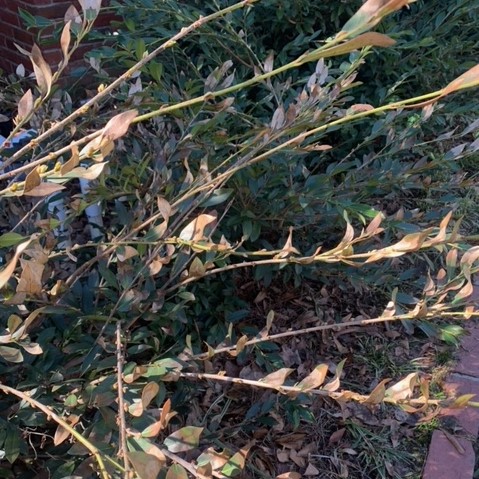
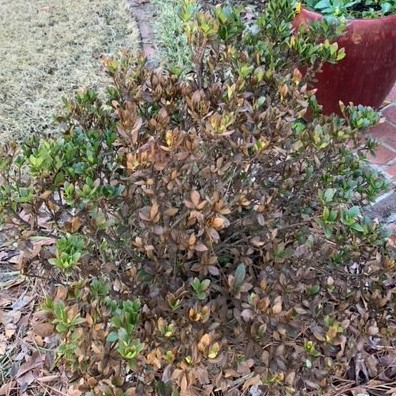











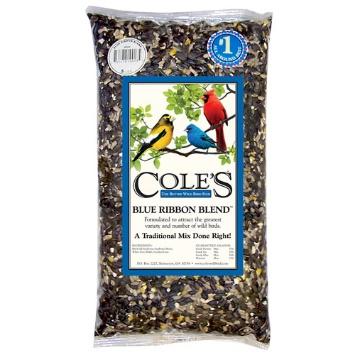
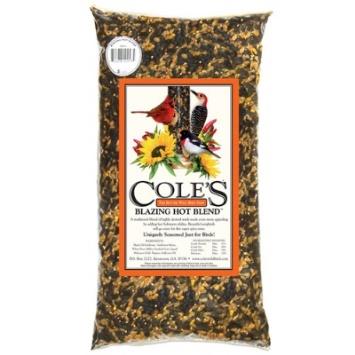
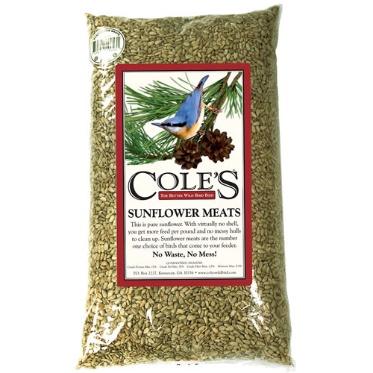
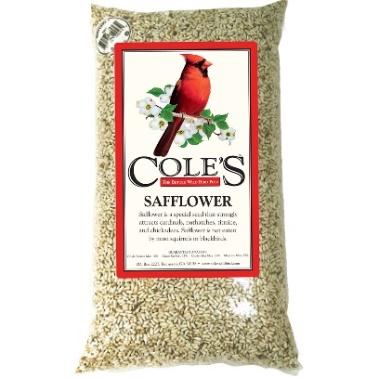
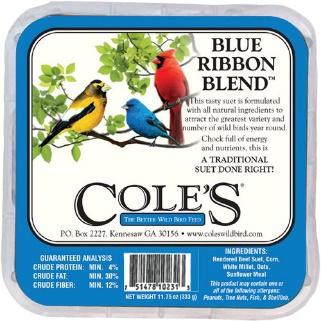
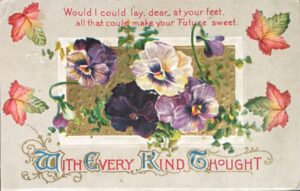

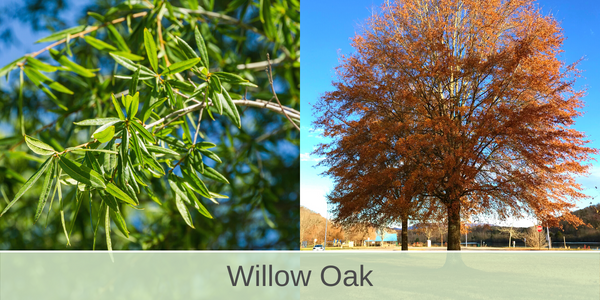
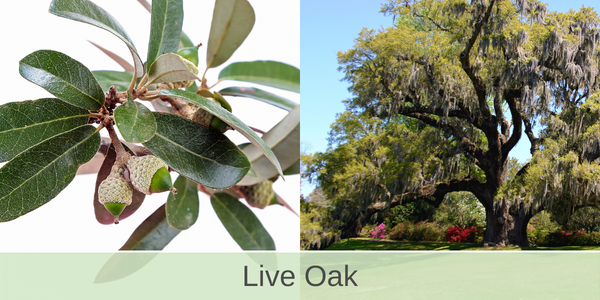
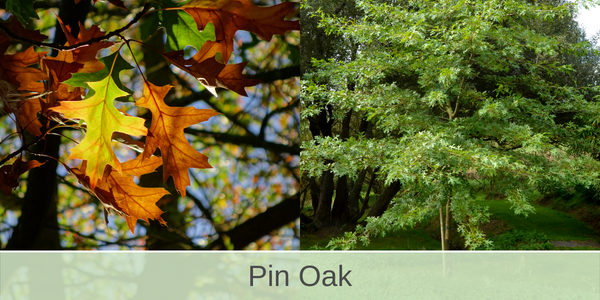
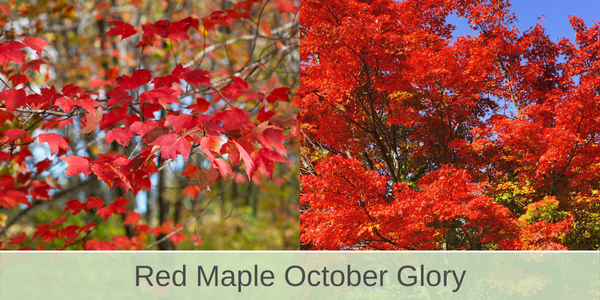
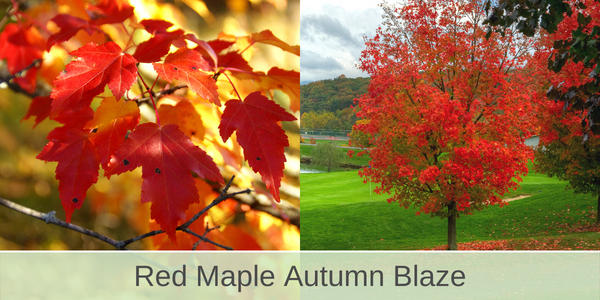
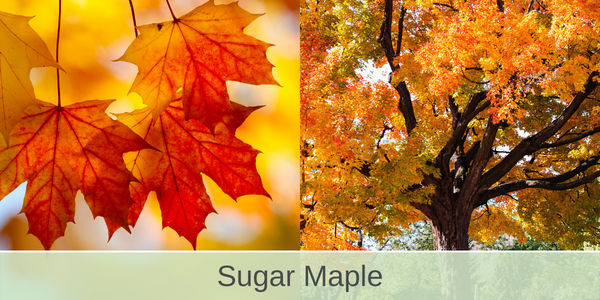
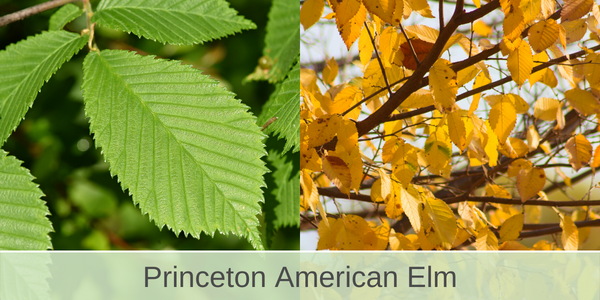
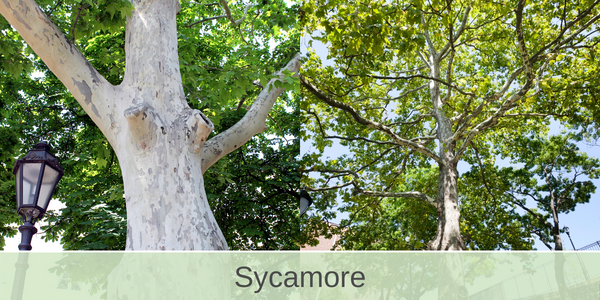
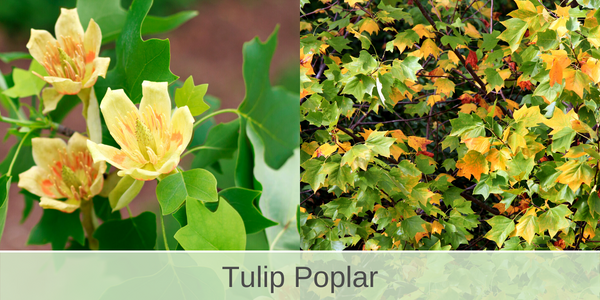
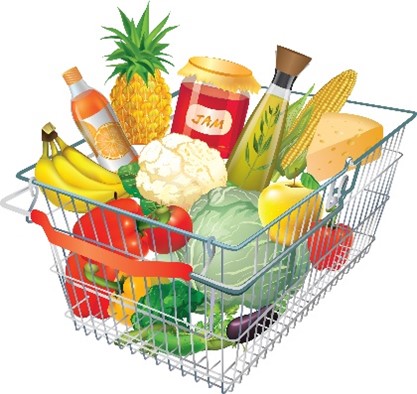 By Kathy Torres
By Kathy Torres So… Here we are in the “dog days” of summer when it’s hot and dry and hard to get motivated to get out in the yard that we were so devoted to in spring. We just want to sit by the pool and sip on a nice, cold drink, right? Unfortunately, it’s the time of year when disease, pests, and weeds begin to affect the beauty of the landscape, and we have to muster up the will to take care of a few problems. For example: Our gorgeous rose bushes were just attacked by japanese beetles (they visited in June); the foliage on the azaleas is being eaten; the crape myrtle has powdery mildew; and brown patch is beginning to rear its ugly head, along with nutsedge in the lawn. Hopefully, you don’t have all of these issues, but it’s likely you’ve “been there, done that” with at least one of them.
So… Here we are in the “dog days” of summer when it’s hot and dry and hard to get motivated to get out in the yard that we were so devoted to in spring. We just want to sit by the pool and sip on a nice, cold drink, right? Unfortunately, it’s the time of year when disease, pests, and weeds begin to affect the beauty of the landscape, and we have to muster up the will to take care of a few problems. For example: Our gorgeous rose bushes were just attacked by japanese beetles (they visited in June); the foliage on the azaleas is being eaten; the crape myrtle has powdery mildew; and brown patch is beginning to rear its ugly head, along with nutsedge in the lawn. Hopefully, you don’t have all of these issues, but it’s likely you’ve “been there, done that” with at least one of them.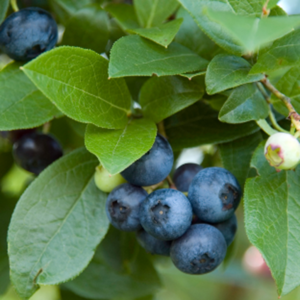 Blueberries are often labeled a “superfood” because they are loaded with vitamins and minerals. The deep blue color comes from anthocyanin, an antioxidant that can help protect the body from heart disease and cancer, reduce inflammation and increase immune function. Research also suggests the compounds found in blueberries may boost brain health, lower blood sugar levels, and improve insulin sensitivity. A half cup of blueberries a day just might be what the doctor ordered! Wouldn’t it be great to rely on your own backyard blueberry bushes to provide them? Did I mention they are also low in calories?
Blueberries are often labeled a “superfood” because they are loaded with vitamins and minerals. The deep blue color comes from anthocyanin, an antioxidant that can help protect the body from heart disease and cancer, reduce inflammation and increase immune function. Research also suggests the compounds found in blueberries may boost brain health, lower blood sugar levels, and improve insulin sensitivity. A half cup of blueberries a day just might be what the doctor ordered! Wouldn’t it be great to rely on your own backyard blueberry bushes to provide them? Did I mention they are also low in calories?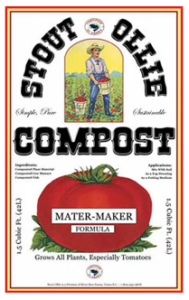 Blueberries grow best in well-drained soil that has plenty of organic matter. We recommend Stout Ollie, a mixture of three different organic composts. If you have heavy clay soil or poor drainage, amend the soil by mixing in soil conditioner (finely ground pine bark). Mounding the soil 6”-12” high and 2’-3’ wide is another way to improve drainage in clay soil. Keep plants adequately watered, especially during the first few years while they become established. Blueberry bushes can retract water from berries during fruit production, so it is essential for the plant to receive adequate water through the roots in order to produce plump, juicy berries. Next year’s buds are set in late summer and early fall, another reason they must receive adequate moisture. Add mulch to help retain moisture and reduce weeds.
Blueberries grow best in well-drained soil that has plenty of organic matter. We recommend Stout Ollie, a mixture of three different organic composts. If you have heavy clay soil or poor drainage, amend the soil by mixing in soil conditioner (finely ground pine bark). Mounding the soil 6”-12” high and 2’-3’ wide is another way to improve drainage in clay soil. Keep plants adequately watered, especially during the first few years while they become established. Blueberry bushes can retract water from berries during fruit production, so it is essential for the plant to receive adequate water through the roots in order to produce plump, juicy berries. Next year’s buds are set in late summer and early fall, another reason they must receive adequate moisture. Add mulch to help retain moisture and reduce weeds.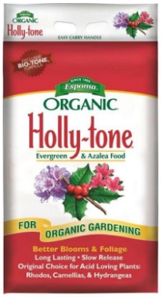 Do not fertilize blueberry bushes when first planted. Wait until the following spring. From that point, fertilizer should be applied twice a year. Apply Holly-tone when spring growth begins and again in June. Do not use nitrate forms of fertilizer for blueberries as this will cause root damage.
Do not fertilize blueberry bushes when first planted. Wait until the following spring. From that point, fertilizer should be applied twice a year. Apply Holly-tone when spring growth begins and again in June. Do not use nitrate forms of fertilizer for blueberries as this will cause root damage. Peaches have been grown in South Carolina since the 1860s and are designated as the official State Fruit. SC peach farmers grow over thirty varieties, ranking second in the United States (behind California) in production. Other than the occasional late frost and freeze that may occur, a peach tree is a good bet for your landscape, and there is nothing better than a ripe, juicy peach on a hot summer day. In addition to peach trees, many other fruiting plants and trees will flourish here in the midlands. You can enjoy beautiful, often fragrant, spring blooms, and fresh, delicious fruit from your own yard. Dwarf varieties even make it possible to harvest from a container on your patio!
Peaches have been grown in South Carolina since the 1860s and are designated as the official State Fruit. SC peach farmers grow over thirty varieties, ranking second in the United States (behind California) in production. Other than the occasional late frost and freeze that may occur, a peach tree is a good bet for your landscape, and there is nothing better than a ripe, juicy peach on a hot summer day. In addition to peach trees, many other fruiting plants and trees will flourish here in the midlands. You can enjoy beautiful, often fragrant, spring blooms, and fresh, delicious fruit from your own yard. Dwarf varieties even make it possible to harvest from a container on your patio!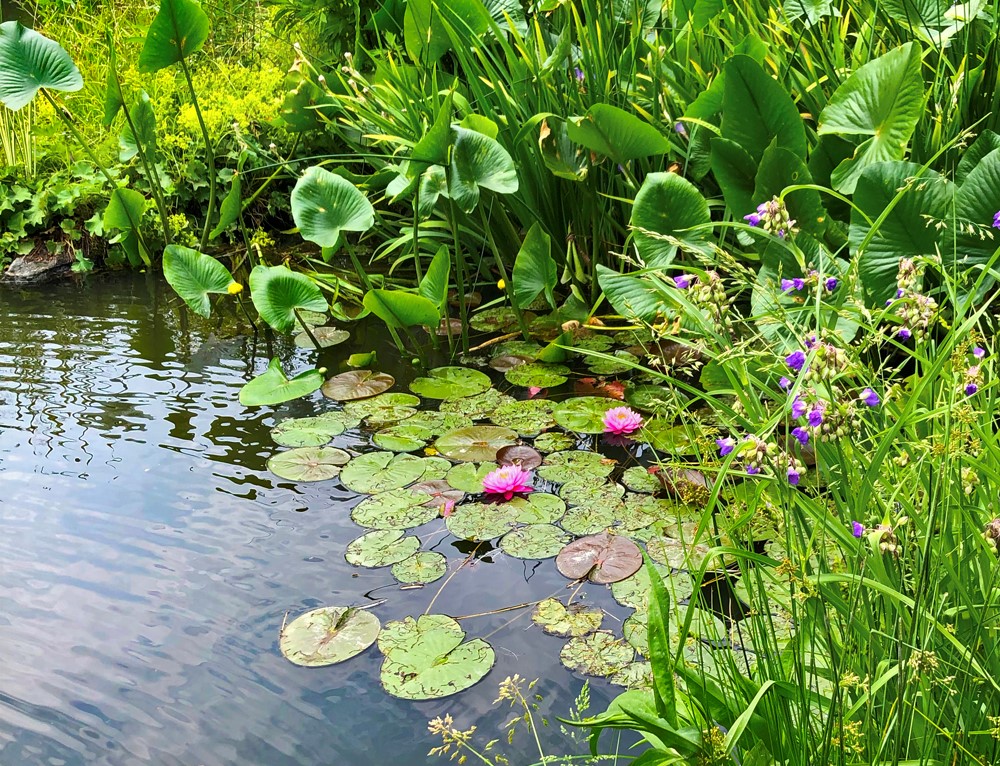 The sights and sounds of water provide a relaxing, soothing atmosphere in the garden. An extra reward is the attraction of pollinators, frogs, butterflies, and other beneficial wildlife. As water gardens and ponds have gained popularity, so has interest in plant life to enhance the natural appearance of these landscape additions. There are many aquatic plants for use in natural, as well as man made water features that, in addition to just being beautiful, add oxygen, help to control algae and provide a home or hiding place for wildlife.
The sights and sounds of water provide a relaxing, soothing atmosphere in the garden. An extra reward is the attraction of pollinators, frogs, butterflies, and other beneficial wildlife. As water gardens and ponds have gained popularity, so has interest in plant life to enhance the natural appearance of these landscape additions. There are many aquatic plants for use in natural, as well as man made water features that, in addition to just being beautiful, add oxygen, help to control algae and provide a home or hiding place for wildlife. 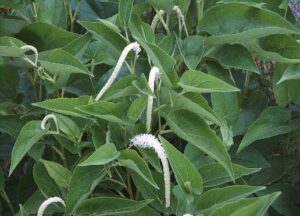 Saururus cernuus AKA Lizard’s Tail – Deep green heart shaped leaves. Gracefully arching spikes of tiny white flowers 4-6 in. shaped like a lizard’s tail. Will flower even in dense shade. The plant grows to height of 3-4 feet. Plant in a medium pot with water from 1-6 in. over crown of plant.
Saururus cernuus AKA Lizard’s Tail – Deep green heart shaped leaves. Gracefully arching spikes of tiny white flowers 4-6 in. shaped like a lizard’s tail. Will flower even in dense shade. The plant grows to height of 3-4 feet. Plant in a medium pot with water from 1-6 in. over crown of plant.  Lobelia fulgens ‘Queen Victoria’ AKA Cardinal Flower provides interest all season with rich burgundy foliage. Upright stalks can grow to heights of 2-3 ft. Striking red flowers in late summer. May be planted in 1-3 inches of water. Grow in sun to part shade.
Lobelia fulgens ‘Queen Victoria’ AKA Cardinal Flower provides interest all season with rich burgundy foliage. Upright stalks can grow to heights of 2-3 ft. Striking red flowers in late summer. May be planted in 1-3 inches of water. Grow in sun to part shade.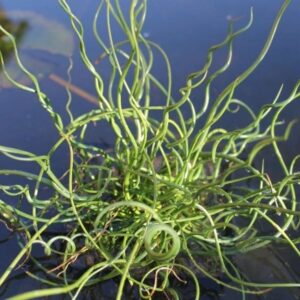 Juncus effuses ‘Spiralis,’ commonly known as Corkscrew Rush has attractive corkscrew stems which are both upright and prostrate, cylindrical, green, and smooth. They grow in 1-6 inches of water over the crown into a clump 12-18 inches tall and wide with late summer yellowish-green flowers. Full sun is best but some shade can be tolerated.
Juncus effuses ‘Spiralis,’ commonly known as Corkscrew Rush has attractive corkscrew stems which are both upright and prostrate, cylindrical, green, and smooth. They grow in 1-6 inches of water over the crown into a clump 12-18 inches tall and wide with late summer yellowish-green flowers. Full sun is best but some shade can be tolerated. 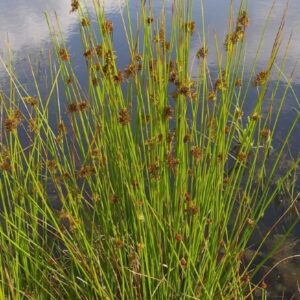 Juncus effusus / Soft Rush – Soft, grass like stems grow in clumps that rarely intrude upon other plants. Each stem bears a cluster of very small, greenish brown, scaly flowers that bloom in July through September from a point on the stalk near the top. Grows to a height up to 1 ft. tall.
Juncus effusus / Soft Rush – Soft, grass like stems grow in clumps that rarely intrude upon other plants. Each stem bears a cluster of very small, greenish brown, scaly flowers that bloom in July through September from a point on the stalk near the top. Grows to a height up to 1 ft. tall.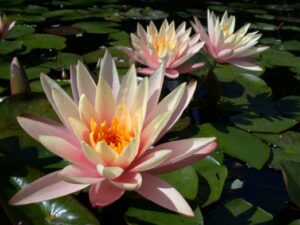 Nymphaea ‘Georgia Peach’ is a hardy, free-flowering, showy water lily with a long bloom season. Blooms stand 3-4 inches above the water surface. It is very adaptable to different growing situations. Use in medium to large water gardens.
Nymphaea ‘Georgia Peach’ is a hardy, free-flowering, showy water lily with a long bloom season. Blooms stand 3-4 inches above the water surface. It is very adaptable to different growing situations. Use in medium to large water gardens.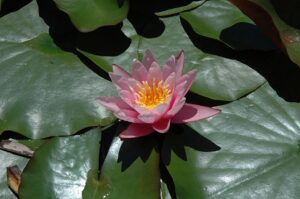 Nymphaea Pink ‘Sensation’ is considered one of the best hardy pink water lilies. Blooms are held above the waterline, stay open later in the day, are free-flowering and have a slight fragrance. Use in any size water garden.
Nymphaea Pink ‘Sensation’ is considered one of the best hardy pink water lilies. Blooms are held above the waterline, stay open later in the day, are free-flowering and have a slight fragrance. Use in any size water garden.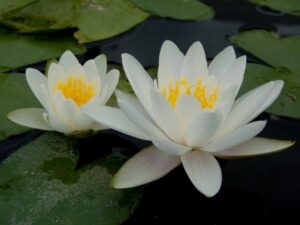 Nymphaea Albatros has beautiful, star-shaped, snow white flowers. A free flowering hardy white water lily, it will perform well in full sun or partial shade. The new foliage is deep burgundy and turns a deep olive green as it matures. Flowers stay open later in the day.
Nymphaea Albatros has beautiful, star-shaped, snow white flowers. A free flowering hardy white water lily, it will perform well in full sun or partial shade. The new foliage is deep burgundy and turns a deep olive green as it matures. Flowers stay open later in the day.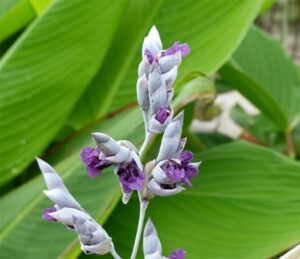 Thalia Dealbata AKA Hardy Water Canna – Purple flowers on top of tall, graceful stems. Large blue-green leaves. Will grow to heights of 4-6 feet. Do not allow crown of plant to freeze during winter. Plant in a medium pot with water from 1-2 ft. over crown of plant.
Thalia Dealbata AKA Hardy Water Canna – Purple flowers on top of tall, graceful stems. Large blue-green leaves. Will grow to heights of 4-6 feet. Do not allow crown of plant to freeze during winter. Plant in a medium pot with water from 1-2 ft. over crown of plant. 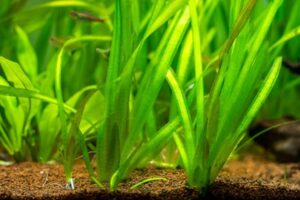 Vallisneria americana AKA Water Celery is an evergreen perennial with clusters of ribbon-like leaves, about 1 inch wide that can grow up to 3 ft. long, producing single white flowers that grow to the water surface. After pollination, the flower stalks curl into spirals and pull the flowers underwater, where they form capsules containing many tiny seeds. Very fast grower, able to reach full height in 2 months. Performs best in full sun to light shade in water 12-48 inches deep.
Vallisneria americana AKA Water Celery is an evergreen perennial with clusters of ribbon-like leaves, about 1 inch wide that can grow up to 3 ft. long, producing single white flowers that grow to the water surface. After pollination, the flower stalks curl into spirals and pull the flowers underwater, where they form capsules containing many tiny seeds. Very fast grower, able to reach full height in 2 months. Performs best in full sun to light shade in water 12-48 inches deep.